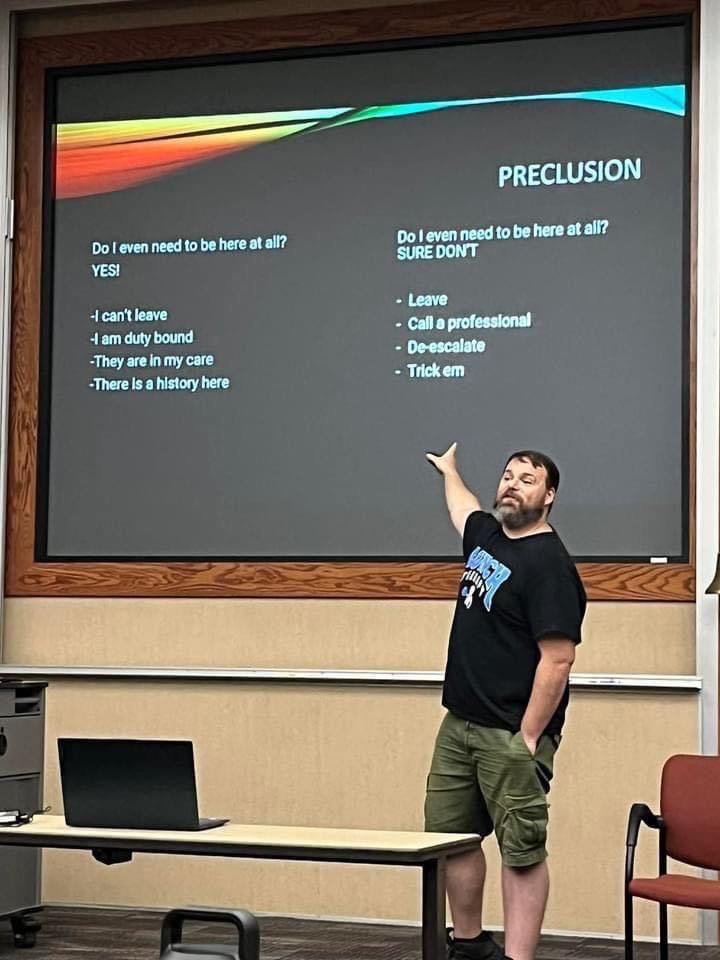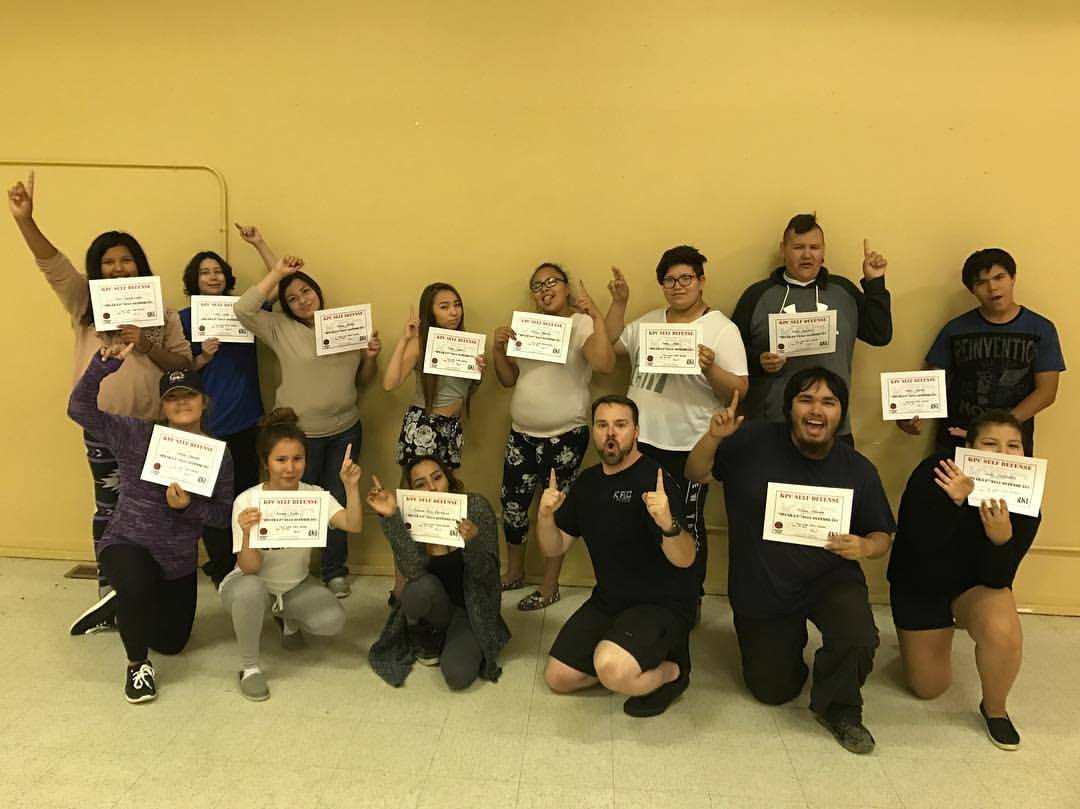Trump and Zelensky, Abuse Isn’t Just at Home
How Power and Control Play Out on the World Stage

If you’ve ever dealt with an abusive person—whether in a relationship, at work, or even in a bar fight—you know the playbook. It’s not about what’s right or wrong. It’s about control. It’s about making you question yourself, shifting blame, and keeping you on the back foot.
Now, here’s the thing—these tactics don’t just show up in personal relationships. They show up everywhere. And one of the most public examples recently was the meeting between Donald Trump and Ukrainian President Volodymyr Zelensky.
Yeah, I know. Politics is a whole mess, and you might be thinking, What does this have to do with domestic violence awareness?
But here’s the deal: The way Trump handled Zelensky in that meeting was straight out of the abuser’s handbook. The gaslighting. The shaming. The victim-blaming. The power dynamic.. And if we can recognize those patterns on a global scale, we can damn well recognize them in our own lives.
Let’s break it down.
Gaslighting: “You Should Be Grateful”
One of the classic abuser moves is gaslighting—making someone doubt reality, question their own feelings, and ultimately feel guilty for daring to ask for help.
In this case, Trump straight-up questioned whether Zelensky was properly grateful for the U.S. supporting Ukraine. Like, buddy, Ukraine is in the middle of a war. The last thing the guy needs is to be put on the spot like a child who didn’t say “thank you” loud enough.
Gaslighting works because it makes the victim feel like they owe the abuser something. Like they should be apologizing for even bringing up the issue in the first place.
In a Domestic Abuse Situation, This Sounds Like:
- “I never said that.” (Even though they 100% did.)
- “You’re too sensitive.” (No, you’re just reacting to being treated like crap.)
- “You should be grateful I put up with you.”
This keeps the victim constantly off-balance, questioning their own reality, and ultimately easier to control.
Shaming: “You Look Stupid”
Next up: Trump took a shot at Zelensky’s clothing. Why? Because abusers love to make things personal. Instead of discussing real issues, they attack things that don’t matter, just to assert dominance.
Now, if you’ve ever had an argument with a narcissist, you’ve probably seen this in action. You bring up a legit concern, and suddenly they’re talking about how you chew too loudly, or how you never dress right, or how you always mess things up. It’s a deflection tactic, plain and simple.
In a Domestic Abuse Situation, This Sounds Like:
- “Why do you look like that?”
- “You should be more like [insert someone else].”
- “You’re embarrassing me.”
The goal here is not to fix anything. It’s to make the victim feel small, self-conscious, and too insecure to push back.
Victim Blaming: “This Is Your Fault”
Trump implied that Ukraine’s situation was kind of their own fault and that they should be doing more to help themselves.
This is classic victim-blaming. Instead of holding the real aggressor accountable (cough Russia cough), he put the responsibility on the person getting attacked.
In a Domestic Abuse Situation, This Sounds Like:
- “You made me do this.”
- “If you weren’t so difficult, I wouldn’t have to yell.”
- “You bring this on yourself.”
This is the ultimate mind game. If the victim starts believing that they’re somehow at fault, they’ll work harder to “fix” things—when the real problem is the person manipulating them.
Trapped by Lies and False Promises
Finally, One of the most brutal realities of abuse—whether in a relationship or on the world stage—is that leaving isn’t always an option. Abusers make sure of that. Just like Zelensky and Ukraine were told they didn’t need nuclear weapons because the U.S. would protect them, victims of abuse are often fed false promises that keep them stuck.
They’re told, “I’ll change.” They’re told, “You can’t survive without me.” They’re told, “No one else will help you.” And by the time they realize it’s all a lie, the abuser has already taken away their power—financially, emotionally, or physically—leaving them trapped.
This is why victims can’t just leave. Because the same person who made them feel safe is the one pulling the rug out from under them. And just like Ukraine now has to fight for its survival after giving up its best defense based on a lie, people in abusive situations have to fight to reclaim the power that was stolen from them.
Recognizing the Patterns
Now, let’s be real. Most of us aren’t world leaders, but these same tactics show up in abusive relationships, toxic workplaces, and even shady business deals. The methods don’t change—just the setting.
So here’s what you can do:
✅ Trust Your Gut. If something feels off, it probably is. Gaslighting works by making you doubt yourself—don’t fall for it.
✅ Watch for the Patterns. One rude comment is just a rude comment. But a constant cycle of gaslighting, shaming, and blame-shifting? That’s manipulation.
✅ Reach Out. If you’re dealing with this kind of thing—at home, at work, or anywhere—talk to someone. Friends, counselors, domestic violence support groups. You’re not alone.
✅ Call It Out. If you see someone using these tactics on someone else, don’t let them get away with it. Abusers thrive on silence. Make noise.
Look, I don’t care where you stand on Trump, Zelensky, or global politics. That’s not the point. The point is, abuse follows a pattern, and if we can recognize it in high-profile situations, we can damn sure recognize it in our own lives.
If you or someone you know is dealing with this kind of control and manipulation, don’t brush it off. It’s not normal. It’s not okay. And you don’t have to live like that.
Let’s call it what it is. Let’s talk about it. And let’s make sure no one—on any scale—gets away with abusing their power.
💜 #DomesticViolenceAwareness #Gaslighting #CallItOut #NoMoreExcuses
-Randy








